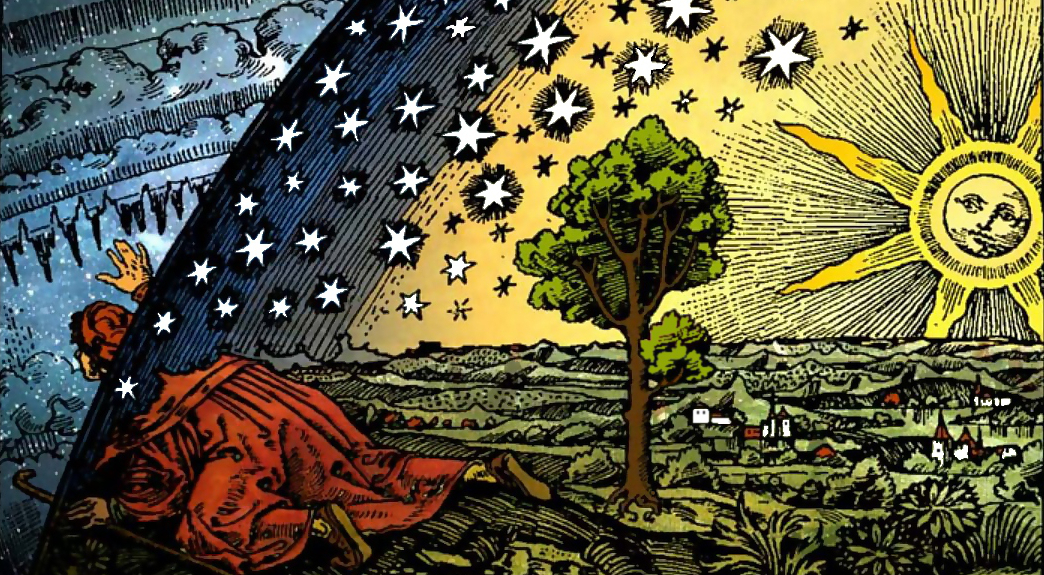ELEC-A4930 - Astronomical View of the World, 12.01.2021-13.04.2021
This course space end date is set to 13.04.2021 Search Courses: ELEC-A4930
Topic outline
-
About the course
 The course aims to offer astronomical perspectives to
civil engineering, architecture and art, and to explore the influence of astronomy and space sciences on these fields, and to science and culture in general.
The course aims to offer astronomical perspectives to
civil engineering, architecture and art, and to explore the influence of astronomy and space sciences on these fields, and to science and culture in general.The course is open for all students in the Aalto University. The foci of the course are chosen so as to offer topics relevant for all fields of research in Aalto, in addition to providing the students an opportunity to update their worldview in the large scale.
The teaching language is English. All material is in English, and will be made available on these pages during the course. See Course timeline for general view of the schedule, and the page "How the course works" for an overview of the general flow of preliminary work, lectures, homework, and learning diaries.
Note: in 2021, due to Aalto's covid-19 restrictions, the course is be given online, with lectures via Zoom during the lecture times.
Registration is now open (for Aalto students see courses.aalto.fi, others see Open University, and Espoo high school students ask your Kurssitarjotin contact) and it ends after the first lecture. In case there are more interested participants than there are student slots, then participants are chosen based on order of registration.
